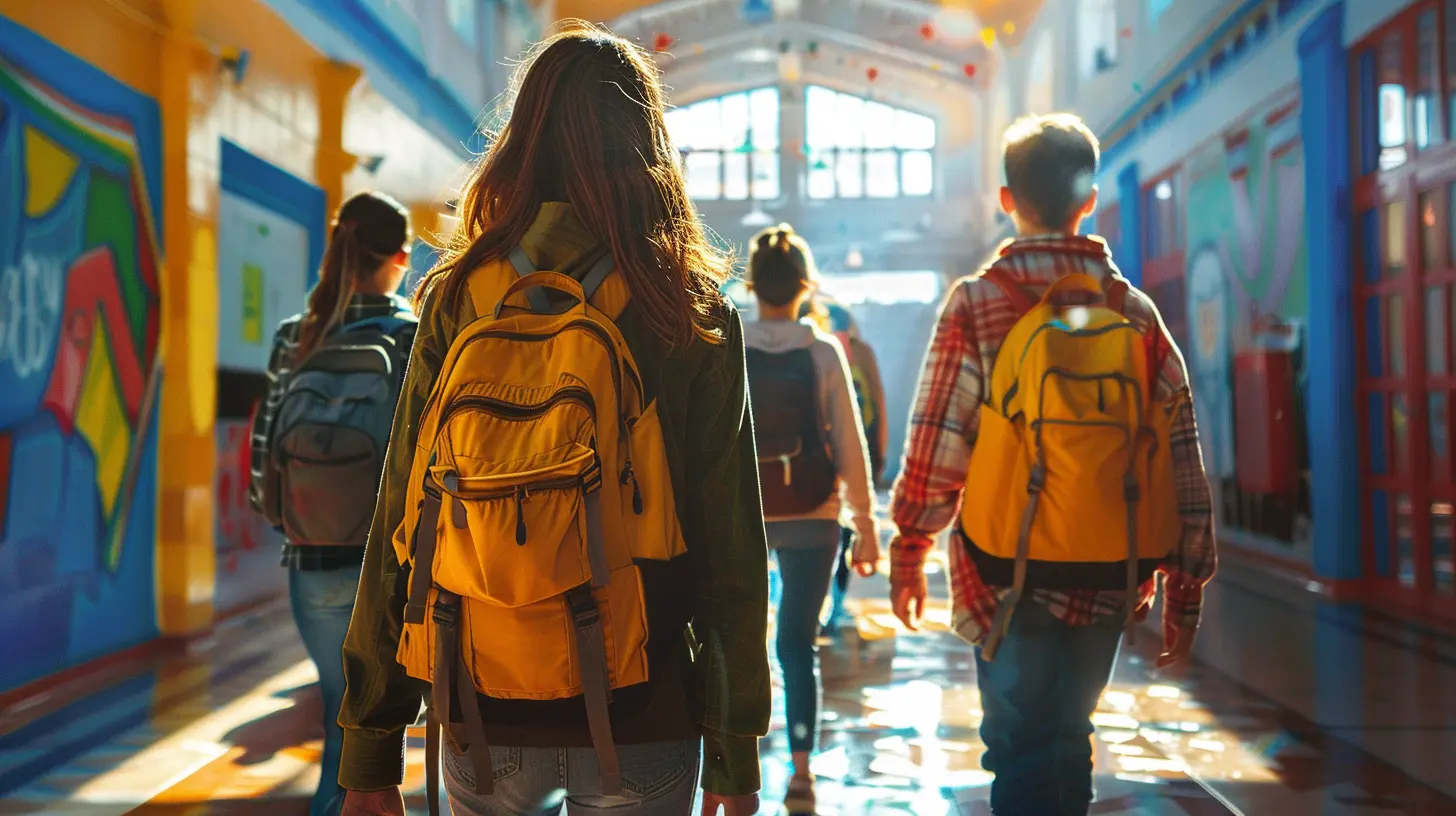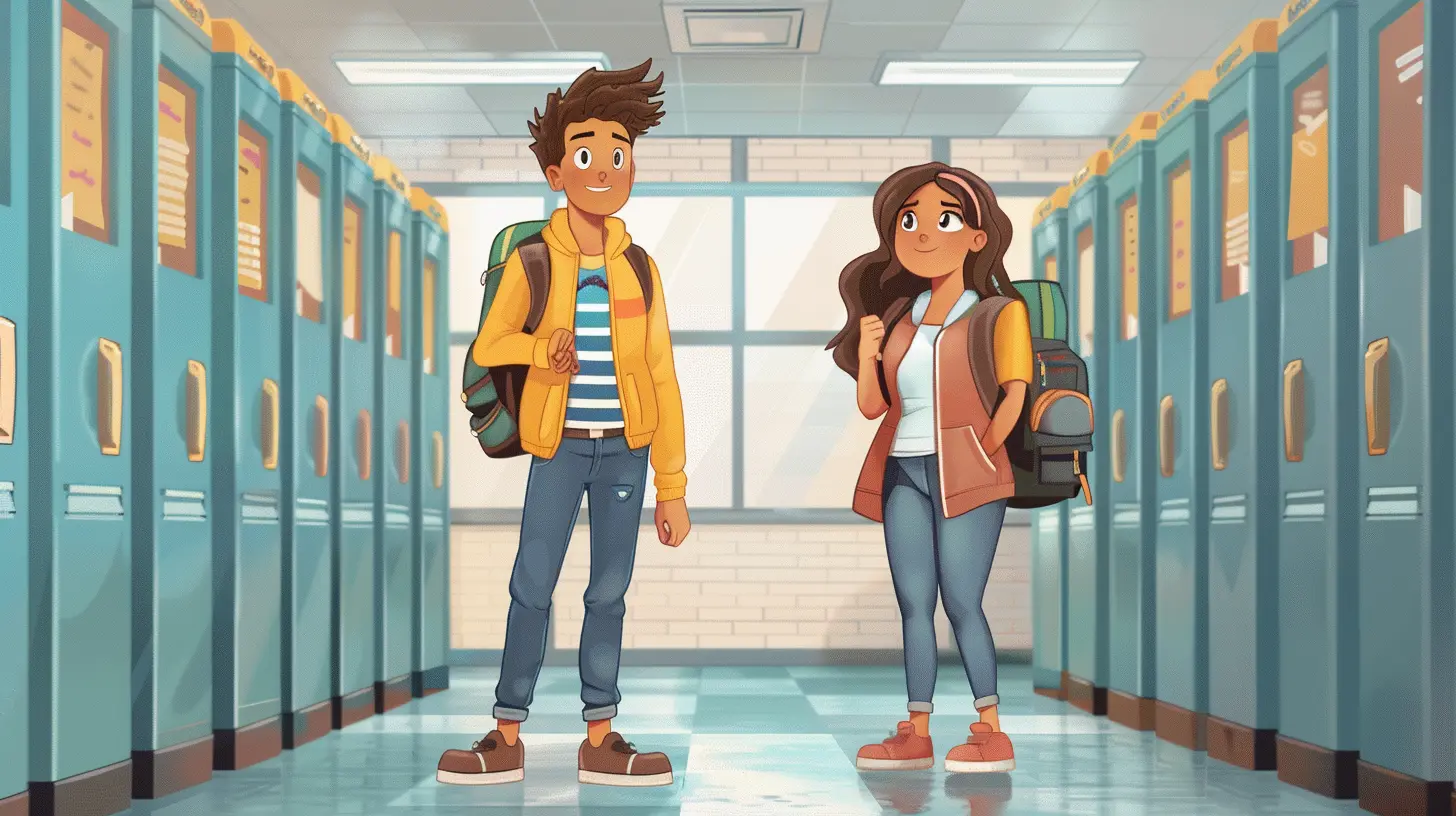Empowering Students to Take Charge of Their Safety
13 July 2025
Let’s face it—safety isn’t always the first thing on a student’s mind. With deadlines, exams, projects, and the social whirlwind of academic life, safety can easily take a backseat. But what if we flipped the script? What if students not only cared about their safety but felt confident and capable of managing it?
That’s where empowerment comes in.
Empowering students to take charge of their safety isn’t just about telling them to avoid dark alleys or learn emergency numbers. It’s about giving them the knowledge, skills, and mindset to make smart decisions in real-time, both online and offline.
In this article, we’ll dig into why student safety matters more than ever, what empowerment really means in this context, and how schools, parents, and the students themselves can work together to build a culture of confidence and precaution.
Why Student Safety Needs to Be a Priority (Right Now)
Let’s start with the basics: Why should we be talking about student safety now?Because our world is changing fast. We’re more connected, yes—but also more vulnerable. From cyberbullying and online scams to health risks, peer pressure, and even violence on campuses, students face an ever-growing list of safety concerns.
And here’s the kicker—most of these risks are not just external. Sometimes the danger is subtle, tied to poor decision-making, lack of awareness, or just being in the wrong place at the wrong time.
That’s why a proactive approach is so important. Teaching students to be safety-aware from the inside out can help prevent issues before they ever arise.
What Does It Mean to “Take Charge” of Safety?
Taking charge isn’t about living in fear or walking around in a bubble. It means being prepared.Think of it like a game plan. A student who’s empowered knows:
- How to assess a risky situation
- Who to call when things go south
- Where to go for help
- What tools or resources they can use
- When to trust their gut
It’s like putting on mental armor. Students can't control everything, but they can stack the odds in their favor.
The Role of Awareness: Knowledge Is Power
You can’t protect yourself from something you don’t understand. That’s why awareness is the first big step.Imagine navigating through a maze with no map—it’s chaotic. But if you have a light and a layout, suddenly it’s a lot less scary. Awareness works the same way.
Here are some key safety topics students should be aware of:
- Online Safety: From phishing emails to sketchy downloads, the digital world is full of traps. Students should know the basics of cybersecurity, like using strong passwords and avoiding suspicious links.
- Mental Health Awareness: Emotional safety is huge. Recognizing the signs of anxiety, depression, or burnout—and knowing when to ask for help—can literally be life-saving.
- Physical Safety: Whether it’s late-night walks home, fire drills, or knowing campus emergency contacts—physical safety should be second nature.
- Substance Awareness: Peer pressure is real. Having honest conversations about drugs, alcohol, and consent can help students make decisions they won’t regret.
The more students understand these topics, the more equipped they are to face them.
Building Confidence: The Second Step to Empowerment
Knowing what to do isn't enough. Students also need to feel confident that they can handle themselves.But confidence is like a muscle—it needs to be trained.
Here’s how schools and parents can help build that confidence:
1. Normalize Asking for Help
There’s zero shame in needing support. Encourage students to reach out if something doesn’t feel right. Whether it’s a counselor, teacher, or trusted friend, there should always be a go-to person.2. Practice Safety Drills and Scenarios
You know how athletes practice plays so they’re ready on game day? Safety works the same way. Run through “what-if” scenarios with students: What if you lose your phone? What if you’re approached by a stranger? What if a classmate says something concerning?Talking through the answers makes real-life situations feel less overwhelming.
3. Encourage Smart Tech Use
Let’s be real—students live on their phones. Why not use that tech for safety?- Install personal safety apps
- Share locations with trusted friends
- Use calendars to manage stress and avoid overload
Technology isn’t the enemy. It’s a tool—if used wisely.
Creating a Safety-Oriented Culture on Campus
Culture shapes behavior. So, if safety isn't baked into your school’s culture, it’ll always feel like an afterthought.Here’s how schools can build that culture:
1. Make Safety Part of Orientation
Students usually hear about Wi-Fi and class schedules on day one—but what about how to stay safe on and off-campus? Kick things off with a strong message: “Your safety matters.”2. Open Channels of Communication
Whether it’s anonymous tip lines, student helplines, or active social media accounts, students should know how to get help—fast. Remove the red tape.3. Train the Staff, Too
Teachers and school staff should know how to spot red flags and respond empathetically. Students are more likely to speak up if they feel understood.Peer Power: Letting Students Lead the Way
Here’s a secret weapon in student safety: other students.Peer influence is massive. One student might ignore advice from a principal—but listen to a friend in a second.
That’s why student-led safety initiatives work wonders:
- Peer counselors
- Safety ambassadors
- Awareness clubs
- Student-made safety videos or podcasts
It’s about creating a ripple effect—when one student takes safety seriously, others are more likely to follow suit.
The Parent Connection: Bringing the Conversation Home
Even if students live on campus, parents still play a huge role.Here are a few ways parents can stay involved without hovering:
- Have regular check-ins—not just about grades, but about emotions and experiences
- Encourage independence, but offer a safety net
- Keep communication open and non-judgmental
Think of parents as backstage crew—rarely seen, but crucial to the performance.
The Digital Puzzle: Staying Safe Online
Online dangers aren't just about identity theft anymore. Students face trolling, cyberbullying, doxxing, and more.Here’s how to stay safe digitally:
- Use strong, unique passwords (no, “password123” doesn’t count)
- Check privacy settings regularly
- Be cautious of “oversharing” on social media—location tags, schedules, and personal info can be misused
- Recognize red flags in messages or emails—a too-good-to-be-true scholarship offer? Probably is.
- Speak up if you’re being harassed or see someone else in trouble online
Digital safety is just as important as locking your front door.
Empowerment = Responsibility + Opportunity
Let’s put it all together.Empowering students to take charge of their safety isn’t just about dumping information on them. It’s about giving them the responsibility to care for themselves—and the opportunity to do it well.
Because when students feel trusted, prepared, and supported, they rise to the occasion.
They become the leaders of their own lives.
Easy First Steps for Students
Ready to feel more in control of your safety? Try these simple steps:✅ Save emergency numbers in your phone
✅ Tell a roommate or friend your whereabouts
✅ Use well-lit and populated routes
✅ Take a self-defense or first-aid class
✅ Set boundaries—and stick to them
✅ Limit what you share online
✅ Trust your gut—if something feels off, it probably is
Sometimes, it’s the small habits that make the biggest difference.
Final Thoughts: Creating a Generation of Safe, Strong Students
At the end of the day, empowering students to take charge of their safety is more than a checklist—it’s a mindset.It’s about fostering self-awareness, encouraging curiosity around difficult topics, and building communities where students look out for each other.
The goal? Not just safety—confidence. Not just caution—courage.
Because when students feel safe, they thrive.
And every student deserves that chance.
all images in this post were generated using AI tools
Category:
School SafetyAuthor:

Bethany Hudson
Discussion
rate this article
1 comments
Zethryn McGehee
This article highlights the crucial role of empowering students in their own safety. By fostering awareness and teaching practical skills, we cultivate a sense of responsibility and confidence. Engaging students in safety discussions not only prepares them for real-life situations but also promotes a culture of mutual support and vigilance within schools.
July 29, 2025 at 10:22 AM

Bethany Hudson
Thank you for your insightful comment! Empowering students is indeed key to fostering a proactive safety culture in schools.


